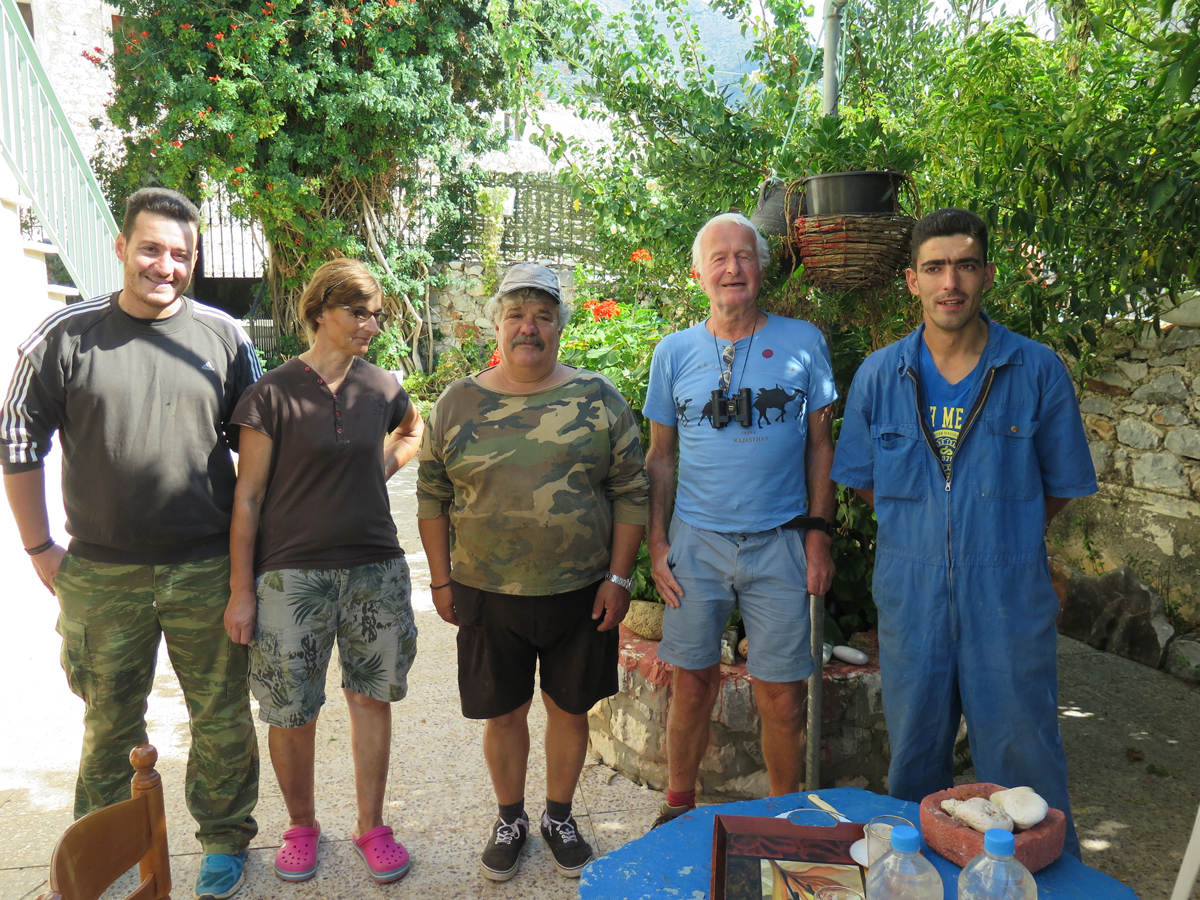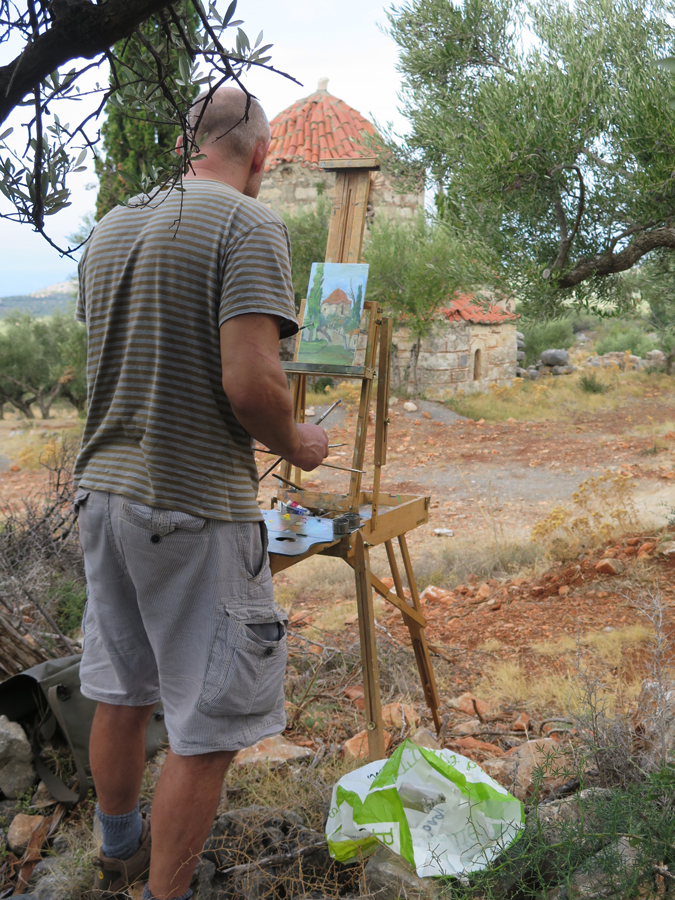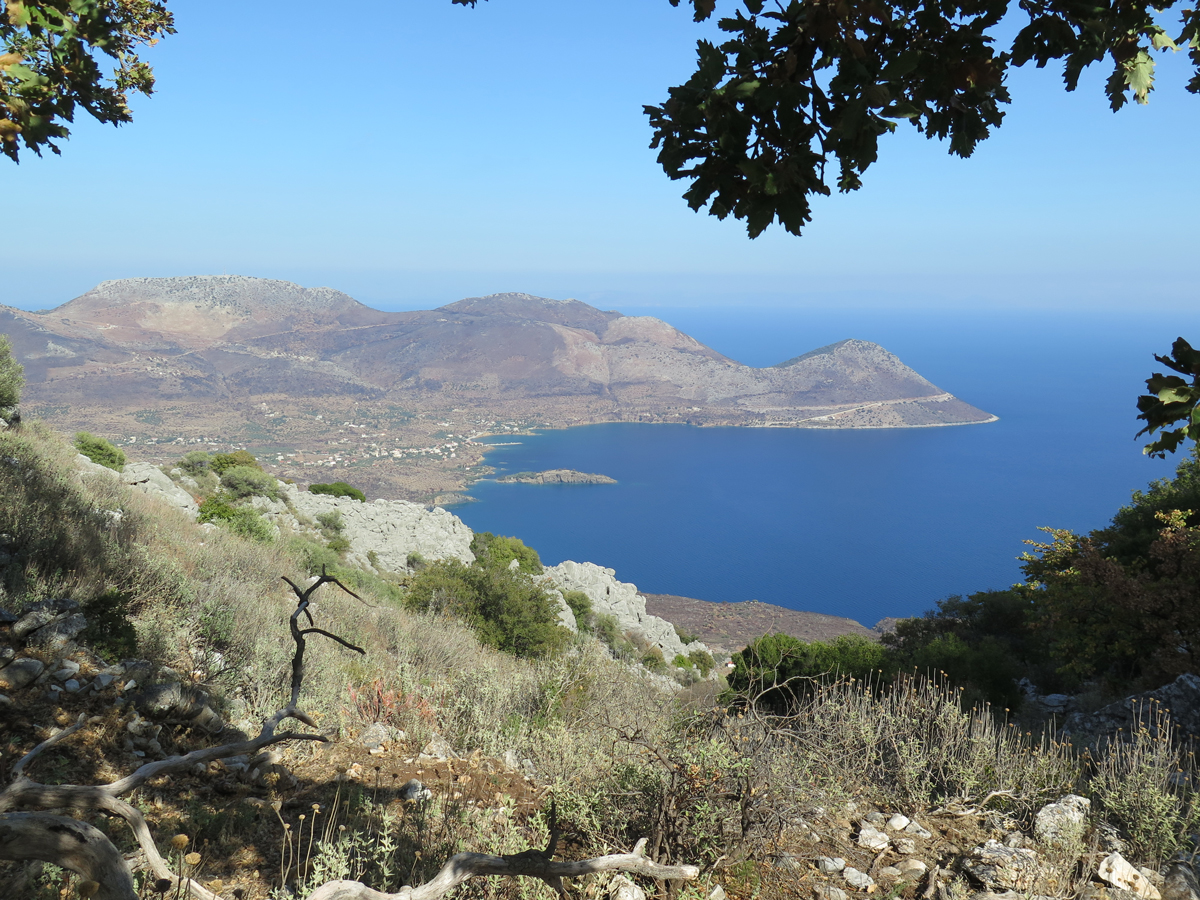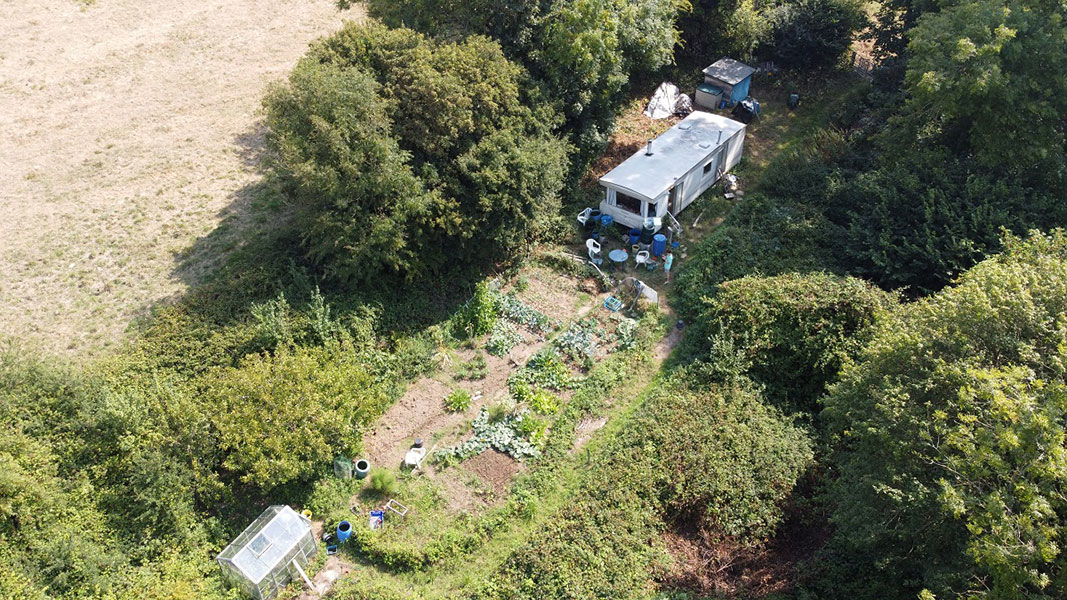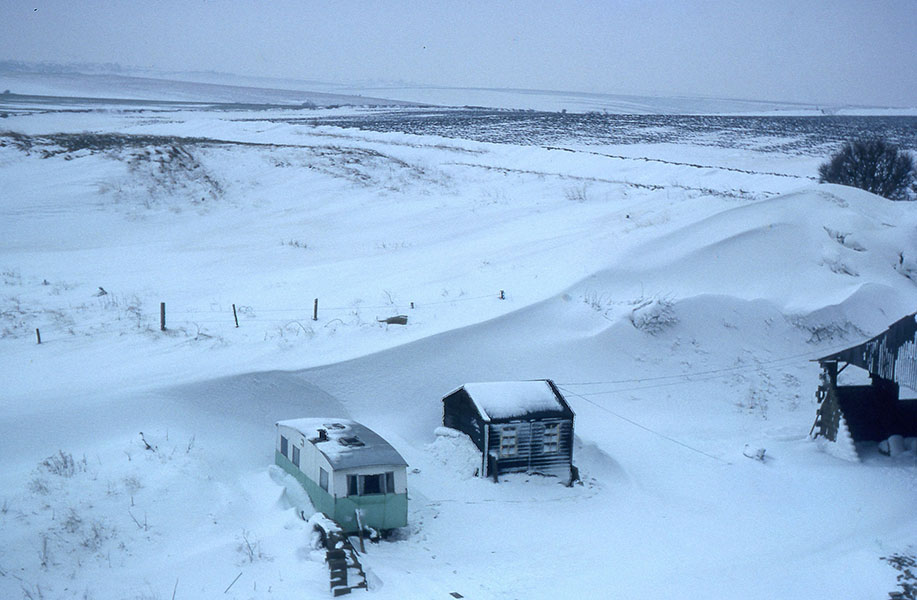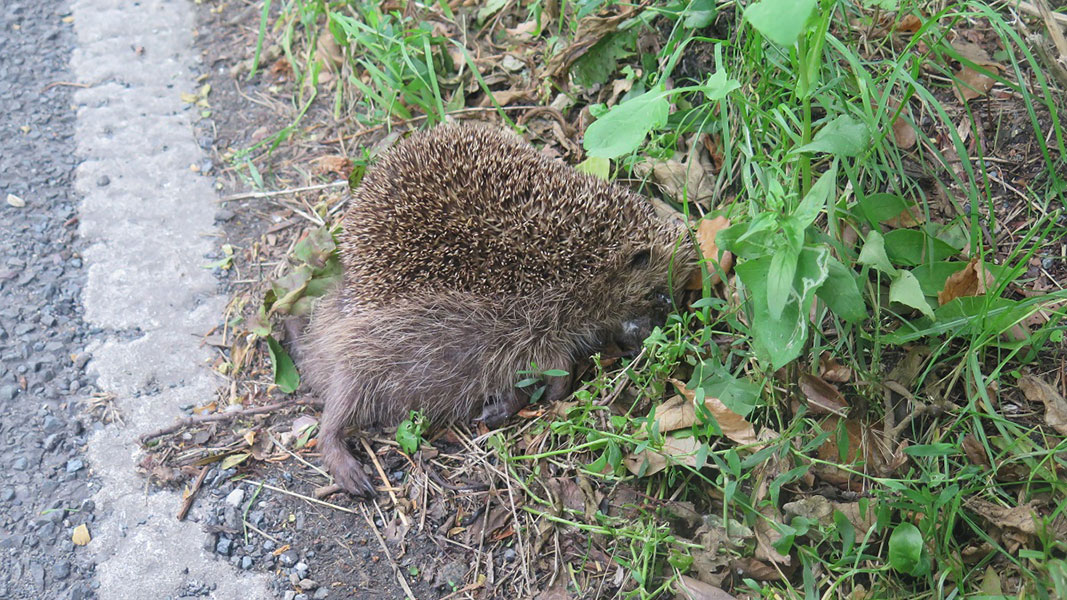36. Mani – The End Of Europe 1
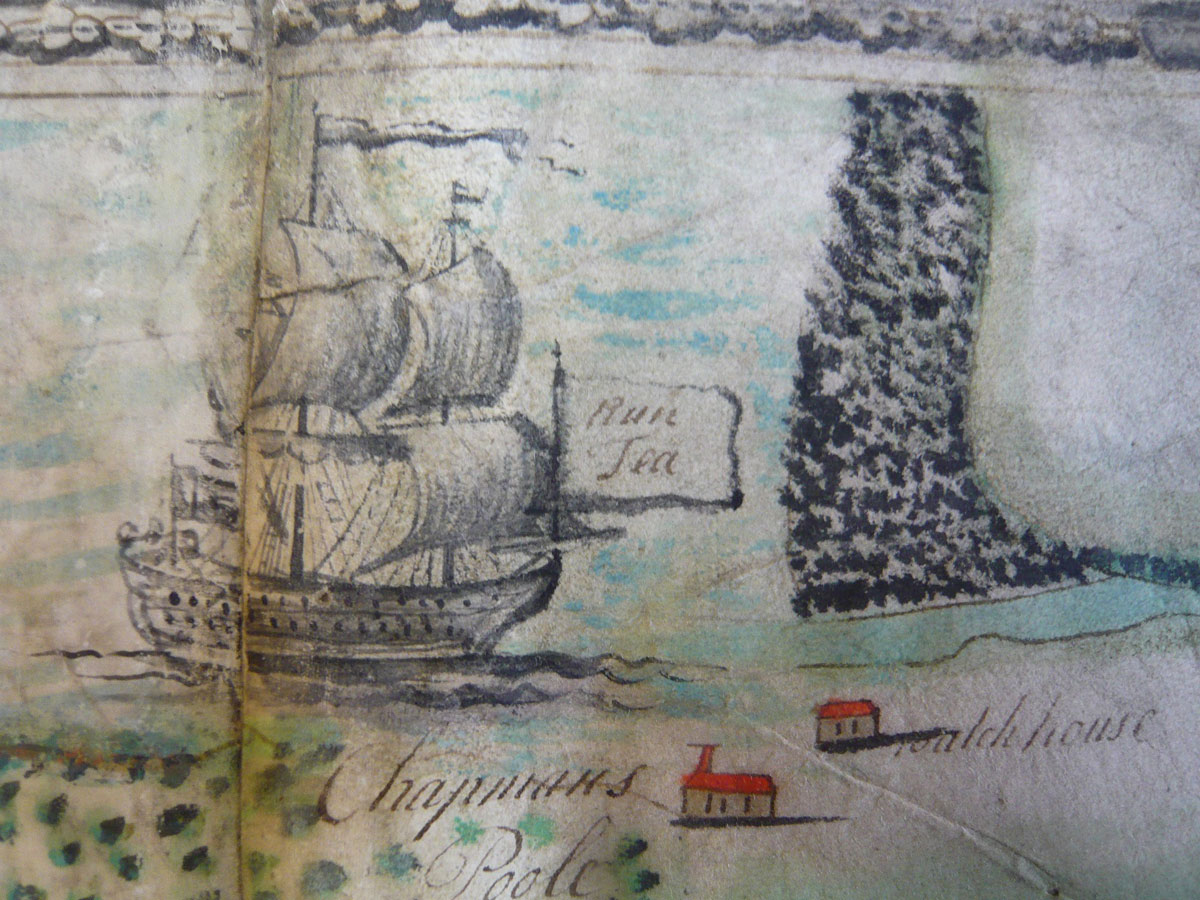
35. Powder House
December 24, 2020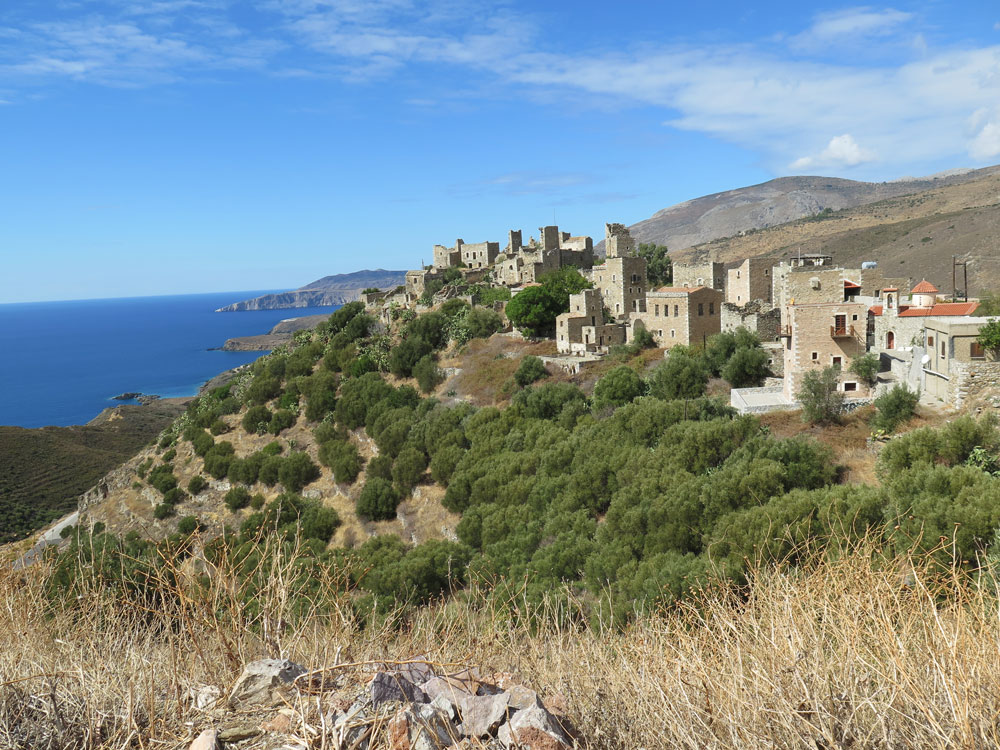
37. Mani 2 – Walking Towards Africa
January 7, 2021T oby Wiggin's studio at Dunshay was near my caravan: Mani was his idea. Patrick Leigh Fermour had inspired him to visit Kardomili, where Fermour hung out for a while, but his girl-friend had not been keen on the long walks implied by exploring further. When he mentioned a second trip in order to paint in Mani I was enthusiastic. That was three years back; we agreed to go that autumn. My aunt gifted her copy of Fermour's book on Mani: she hadn't finished it, nor did I. It was too heavy going and I lacked the basic knowledge which might inspire persistence but I set to learning a little Greek.
Landing at Kalamata in late September, we bussed south to Itilon. To the left high hills, right the sea and everywhere olive groves, a few last purple figs. The good-natured bus driver chatted sympathetically with two old ladies. Toby pointed out the brief passing of Kardomili. Itilon was lifeless, unimpressive save for claims to be Homer's birthplace. Already there was the air of a desolation which was not just siesta. The last bus onwards to Areopoli, the main town, had left but the afternoon was glorious and, needing exercise, we took the old track winding down a steep, arid hillside.
The grubby window of a locked, derelict chapel glimpsed murals very different to those from Shekhawati. Here were the awful Pantocrator, the virgin Mary, a multitude of worthy saints. All were stylised figures in the eastern mode not the soppy-faced Italianate holies that once fell from my boyhood missal. Further down was an empty house; someone had abandoned its revival. The neglected garden clinging to the hillside held a gnarled pomegranite bush, small fruit bursting crimson, and malicious prickly pears. Across the valley was a fort's outline and in the gulf between sad cypresses. The attractive descent ended abruptly in the concrete reality of close-of-season New Itilon, a minor modern resort. Greedy empty restaurants called out for custom. We were hungry and fava was on the menu; someone had mentioned it as a use for dried broad beans so I ordered it with souvlaki and was unimpressed.
There was no obvious pension. The road wound up past a public tap, gone from home where water springs from plastic bottles. We filled up and followed a track across a terraced slope to sleep beneath olive trees. There, in the early light Toby set up his easel. Not far off someone with a loud strimmer was clearing vegetation amongst the trees. The sound approached, retreated until, satisfied, he drove off. Occasional volleys pursued brave little migrants announcing the shooting season.
Areopoli, the main town, stood on a plateau well above the sea. A track short-cut the winding, ascending road past half-built concrete skeletons and loud, cheerful rock nuthatches. Then came the substantial town of church towers, chimneys topped with capello, black bird-like cowels. In the centre, near the massive nationalist hero, Mavromichalis, was Kouris Hotel. I went out in search of food: siesta, everyone slept but for a solitary vendor of figs. Toby painted whilst I explored the town's fringes, bought paxomadia, the sole practicality garnered from Fermour's book, desiccated bread revived in water, light yet substantial. We found evening contentment in a restaurant, another Mavromichalis; the good food purchased loyalty.
Next day we left southwards, descending an overgrown track between low walls into a valley. While Toby painted I nosed around looking at birds, mostly tedious LBJs ('little brown jobs' difficult to separate) or wild cyclamen and aggresssive holly oak with impressive acorns. Most plants seemed either thorny or sweet-smelling. The track veered towards the shore at Diros but, resisting the clear sea, we climbed to Charia then looked for water. A ginger cat mewed hopefully and a stout man led us to his home, a pleasant snack and orange from his trees. Ex-merchant navy, he knew India and Britain by their ports: nothing lay inland.
The map was becoming familiar. Mani is a long, narrow finger from the Peloponnese, its spine often over 1000 metres high, pointing out into the Mediterranean as southernmost tip of mainland Europe. A small, inactive track following the foot of that spine led to Agia Varvara, a solidly-built derelict Byzantine chapel. This seemed a good place to sleep. The sun sinking, Toby set himself up facing the southern curve of coast with the frying pan of Tigani. The chapel offered more murals. A full moon rose over the ridge.
Aiming to cross to the peninsula's eastern coast, the next day was spent ascending. Toby stopped to sketch the small church of Aghios Petros – St Peter. Onward the map offered a clear footpath; it proved painfully indistinct. I passed the problem to Toby and followed through a rich variety of thorns. Jingling goats guarded by large, whitish dogs grazed the hillside. Above, a veil of cloud capping the ridge slipped away and, from the thinning bushes, a green mantis advanced delicately across the dry ground. The path zigzagged up the point of a spur to a summit giving into a small vale holding a dried pool. We slept overlooking it from the roof of an old stone hut and I woke occasionally to that bare, moonlit lunar landscape.
The morning soon became steeply downhill, opening onto an ultramarine eastern sea bordered by a dark hillside of burnt olive groves. The track wandered faintly amongst thyme-rich scrub following a rocky, dry torrent or rough scree. By the time it reached the plain Toby was some way ahead, out of sight by dusk when I reached the first town, Flomochori. Tired, bearing a bruised eye and a grazed leg from the rough descent, I found a bar run by an old woman who produced what food remained – omelette, chips garnished with a large fly. A young man suggested I sleep on the school verandah and get away soon after 7 before the teachers came; then the bar re-opened.
Toby appeared as I breakfasted in the bar and we continued east for a couple of nights in Kotronas. There was fair public transport so, with the burden of painting gear, he decided to bus onwards whilst I walked. After Britain's poor mobile network it was striking that here, in desolate Mani, we could keep in touch.

